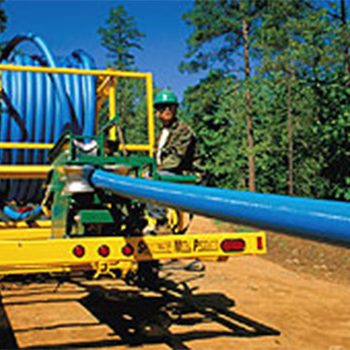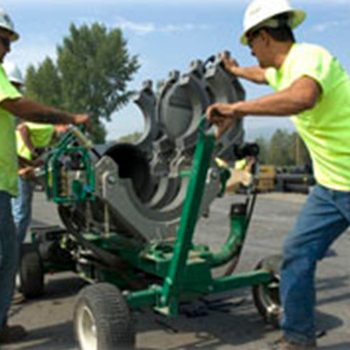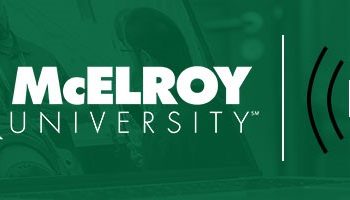The global demand for polyethylene pipe is dramatically increasing due to the superior properties of PE. The pipe’s resistance to reactive chemicals, gas, wastewater, and the flexibility to operate under internal or external pressures from a wide range of land and sea environments is far above materials previously used. In 1994 a pilot program by the Public Service Electric and Gas Company (PSE&G) resulted in the savings of $2/foot using coiled 4″ PE pipe vs. using butt-welded 20 and 40-foot sections. With this success, the company also pioneered the use of coiled 6″ PE pipe with even more dramatic savings. A technology assessment report by the Institute of Gas Technology in the same year found similar results using 4″ and 6″ coils. The total impact upon the US market in 1994 was estimated to be about $40 million dollars in savings to US natural gas distributors. These results are steadily increasing today. The savings to installation costs is directly tied to time. Large-diameter pipe in 250-1000 foot rolls require less time to uncoil than un-stacking and organizing pallets of PE pipe sections. A smaller staging area is needed to handle coils vs sections. Perhaps the largest reduction of time comes from the decrease in butt fusion joints. These time factors also result in customers being less inconvenienced.
The LineTamer is simple to use
About the only disadvantage of coiled pipe is that it must be re-rounded because it ‘ovals’ and has to be straightened off the roll. McElroy Manufacturing, Inc. has resolved this problem with the LineTamer. The LineTamer re-rounds coiled pipe to meet or exceed ASTM D 2513 ‘ovality’ requirements. It also removes the coil set, by forcing it through a system of hydraulically powered rollers. PE, conduit and duct are safely straightened and installed in about a fourth of the time it takes to utilize straight lengths of pipe.
“The LineTamer is simple to use,” said Bob Rogers, Training Technician for MMI. “The machine is so simplistic a person with a minimal amount of training can quickly become an efficient operator. We can do the training however the customer wants. Training can be conducted in the field or with a static display at our training facility.” At this time about 50% of 3″ pipe sold is coiled. The percentages drop to about 15% for 4″ and as low as 5% for 6″. “We keep the option of using coiled pipe in front of our customers,” said Drew Oelson of Performance Pipe, a division of Chevron Phillips Chemical Company. “We discuss the economic benefits with them.”
As more and more people get educated about the cost savings of coiled pipe, especially in municipalities, the use of it will become the standard.


